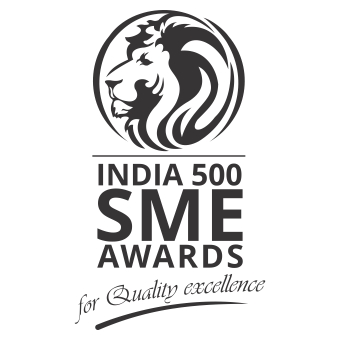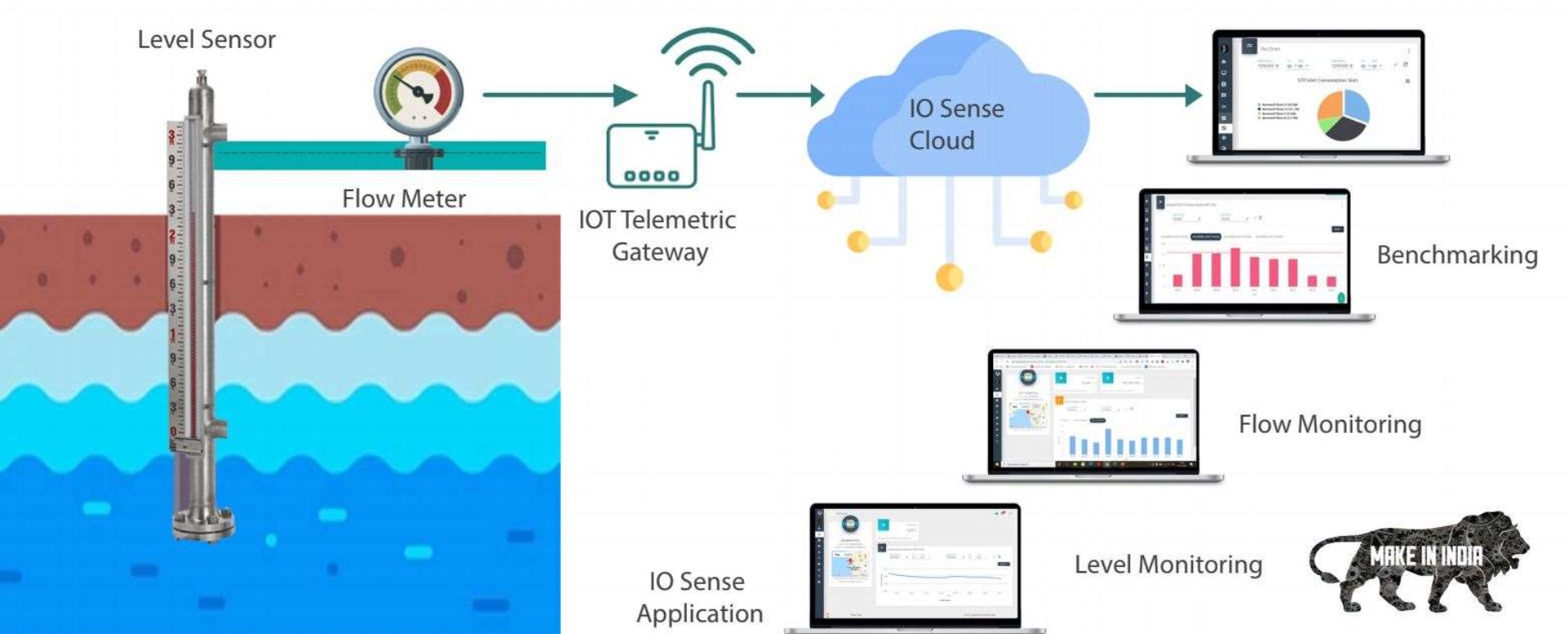Introduction: Why Proper Flow Meter Selection Matters
Choosing the right industrial flow meter is one of the most critical decisions for process engineers and plant managers. With over 15 types of flow measurement technologies available – from basic mechanical meters to advanced Coriolis systems – proper flow meter selection directly impacts:
✔ Measurement accuracy (±0.1% vs ±5%)
✔ Maintenance costs ($500 vs $5,000/year)
✔ Process efficiency gains (5-20% typical)
✔ Regulatory compliance success
This comprehensive guide will walk you through the key factors in flow meter selection, compare technologies, and provide industry-specific recommendations to ensure optimal performance.
Flow Meter Selection: 5 Critical Decision Factors
1. Fluid Characteristics
- Liquid/Gas/Slurry?
- Viscosity range
- Temperature/Pressure limits
- Chemical compatibility
- Presence of solids/abrasives
2. Process Requirements
- Flow rate range (min/max)
- Accuracy needs
- Output signal type
- Pressure drop limitations
3. Installation Environment
- Pipe size/material
- Available straight runs
- Hazardous area classification
- Ambient conditions
4. Operational Factors
- Maintenance accessibility
- Calibration frequency
- Expected lifespan
- Staff technical capability
5. Budget Considerations
- Initial purchase cost
- Installation expenses
- Lifetime operating costs
- Potential ROI from upgrades
Flow Meter Technology Comparison
| Type | Best For | Accuracy | Maintenance | Cost |
|---|---|---|---|---|
| Turbine | Clean liquids/gases | ±0.5-1% | Medium | $$ |
| Ultrasonic | Large pipe liquids | ±0.5-2% | Low | $$$ |
| Coriolis | High-value fluids | ±0.1% | Low | $$$$ |
| Magnetic | Conductive liquids | ±0.2-1% | Low | $$$ |
| DP Meters | Steam/gas flows | ±1-5% | High | $ |
Case Example: A pharmaceutical company reduced batch errors by 90% after switching from orifice plates to Coriolis meters for critical ingredient dosing.
Industry-Specific Flow Meter Selection
1. Chemical Processing
- Challenge: Corrosive media measurement
- Solution: PTFE-lined magnetic meters
- Key Spec: Hazardous area certification
2. Oil & Gas
- Challenge: Multiphase flow measurement
- Solution: Coriolis with multivariable output
- Key Spec: High-pressure rating (ANSI 900+)
3. Water Treatment
- Challenge:* Large pipe flow monitoring
- Solution: Clamp-on ultrasonic
- Key Spec: IP68 waterproof rating
4. Food & Beverage
- Challenge: Sanitary requirements
- Solution: Tri-clamp sanitary turbine
- Key Spec: 3-A certification
Common Flow Meter Selection Mistakes to Avoid
❌ Choosing based on price alone
Fix: Calculate 5-year TCO including maintenance
❌ Ignoring installation requirements
Fix: Verify straight run needs before purchase
❌ Over-specifying accuracy needs
Fix: Match meter specs to actual process requirements
❌ Neglecting future scalability
Fix: Select meters with upgrade capabilities
Implementation Checklist
- Document all process parameters (flow range, fluid specs, etc.)
- Consult with manufacturers for application review
- Request sample testing when possible
- Plan for proper installation (orientation, supports, etc.)
- Develop calibration/maintenance schedule
Need Expert Help with Flow Meter Selection?
Our application engineers have helped over 500 facilities optimize their flow measurement systems. Get a free consultation to ensure you select the perfect meter for your specific needs.











